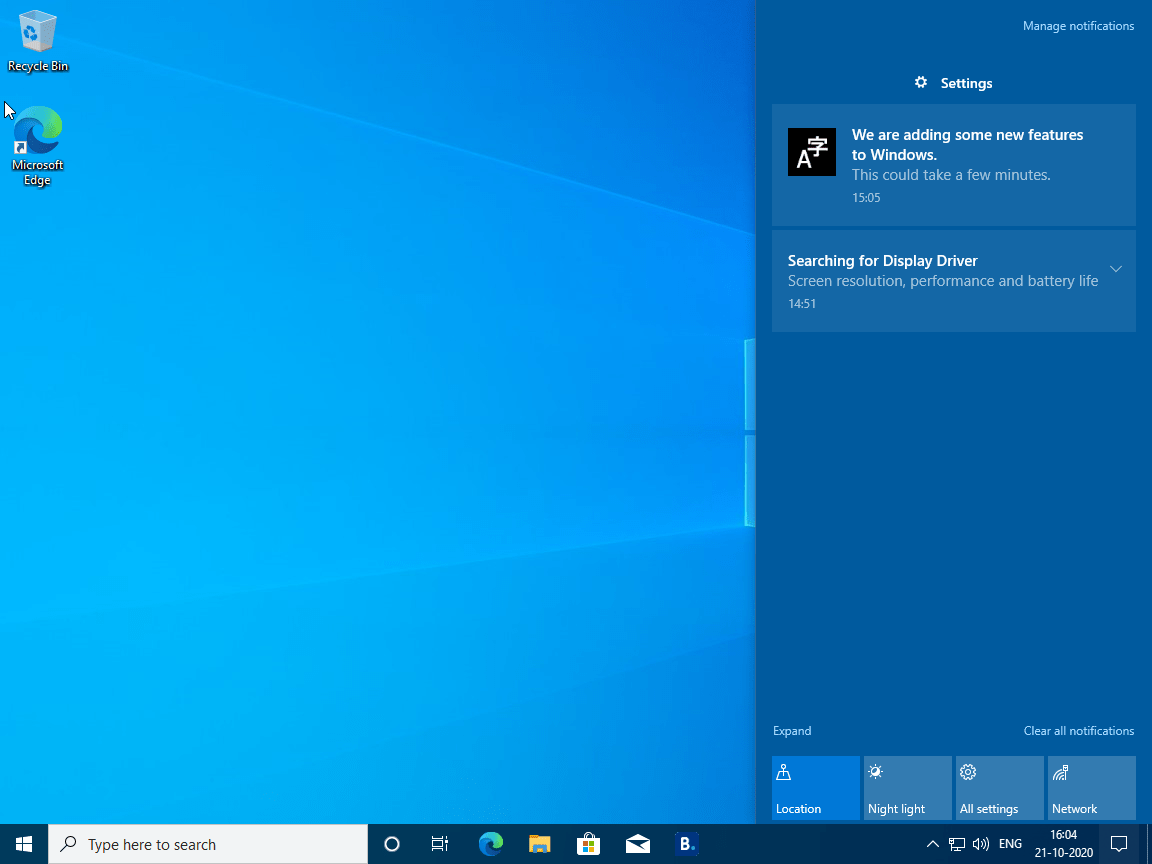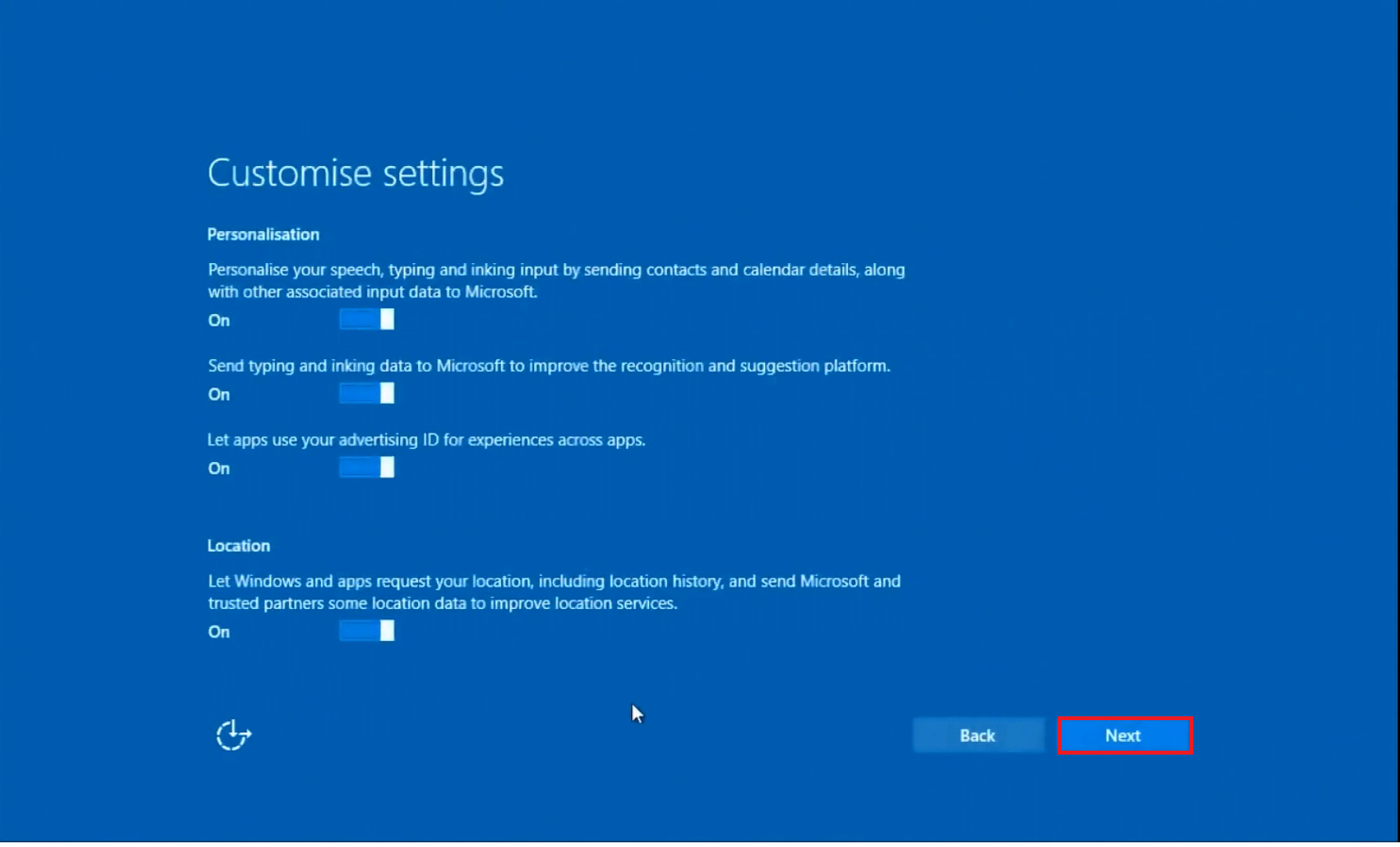


Right-click the USB drive partition and click Mark Partition as Active.Select the FAT32 file system to be able to boot either BIOS-based or UEFI-based PCs. Find and right-click the USB drive partition and choose "Format".

Right-click on the Start button and choose "Disk Management".Connect the USB flash drive to your computer.A new hard drive that you'll install Windows 10 on it.A Windows 10 installation USB creating tool.An idle computer where you'll format the USB flash drive.A USB flash drive with at least 8GB free space.Preparations before installing Windows 10 If you're wondering how to install Windows 10 on a blank hard drive only with the help of a USB flash drive, read through this part and learn to create a bootable Windows 10 installation USB drive using a Windows ISO file or a Windows Setup DVD. Support Windows 11/10/8/7 How to Install Windows 10 on a New Hard Drive with USB With the system transfer function, you can finish installing Windows 10 on an empty hard drive by backing up the Windows operating system and restoring the system image to the new hard drive in a few clicks. This part introduces an easy system transfer tool - EaseUS Todo Backup to help you install Windows 10 on new hard drive without an installation CD. Then, why not take a simple way to finish the job independently? Installing Windows 10 on new hard drive is usually too difficult, from downloading the ISO files and burning it to the pointed hard drive for home users who don't acquire much IT knowledge. How to Install Windows 10 on a New Hard Drive by System Transfer Do you know how to install Windows 10 on a new hard drive? And how to install Windows 10 on a blank hard drive without disk or USB? This tutorial shows you three ways to install Windows 10 on a new hard drive in three ways, along with the detailed steps and screenshots of the operations. When it comes to installing Windows 10 on a new hard drive or on a new PC, the most recommended way on forums and Google searches is the clean install.


 0 kommentar(er)
0 kommentar(er)
